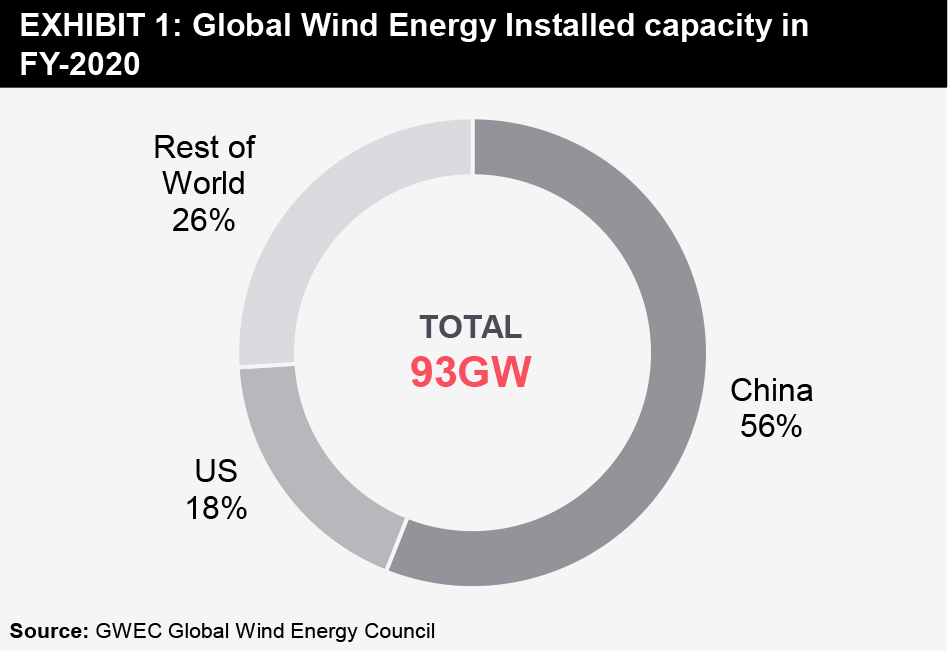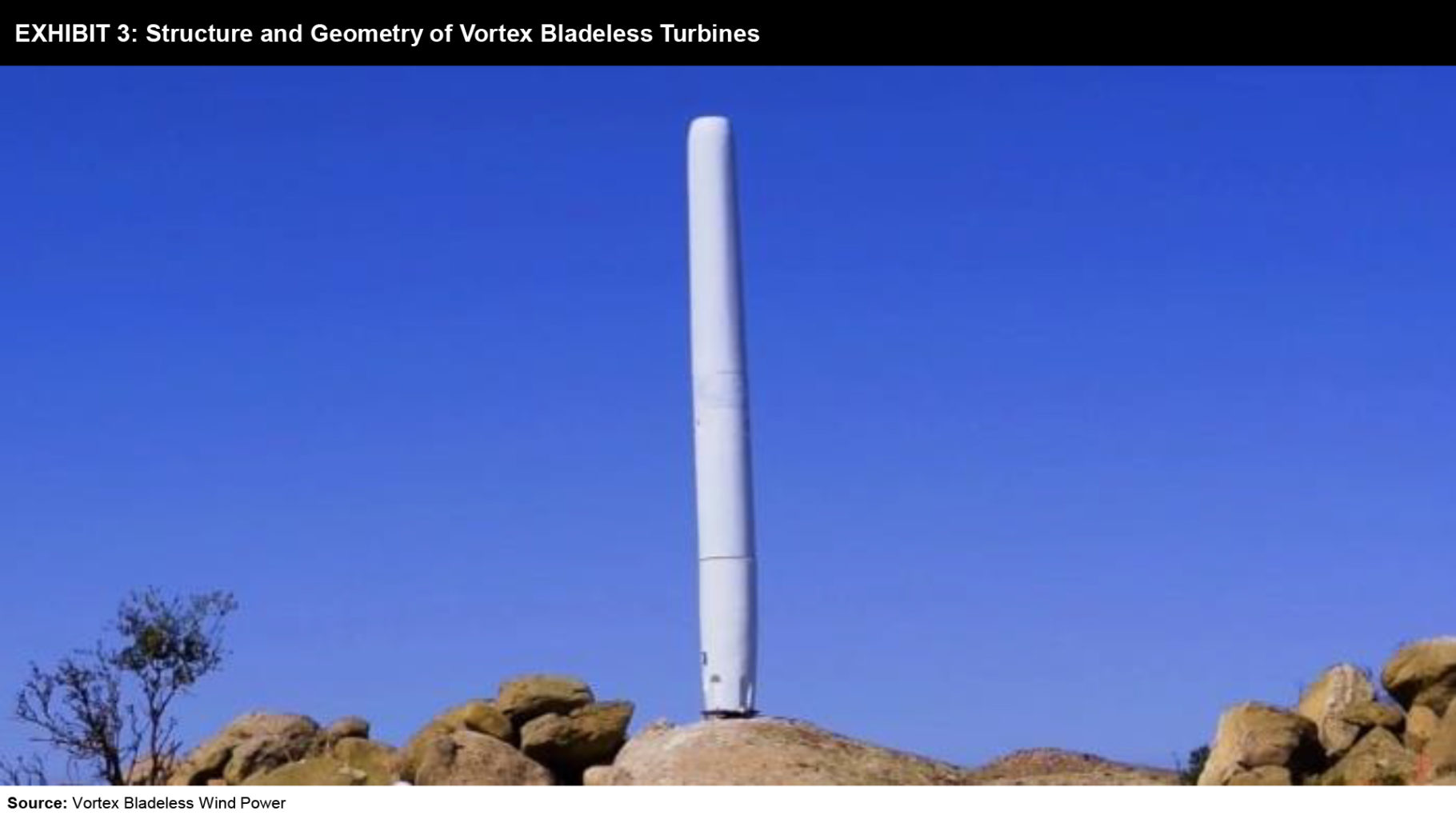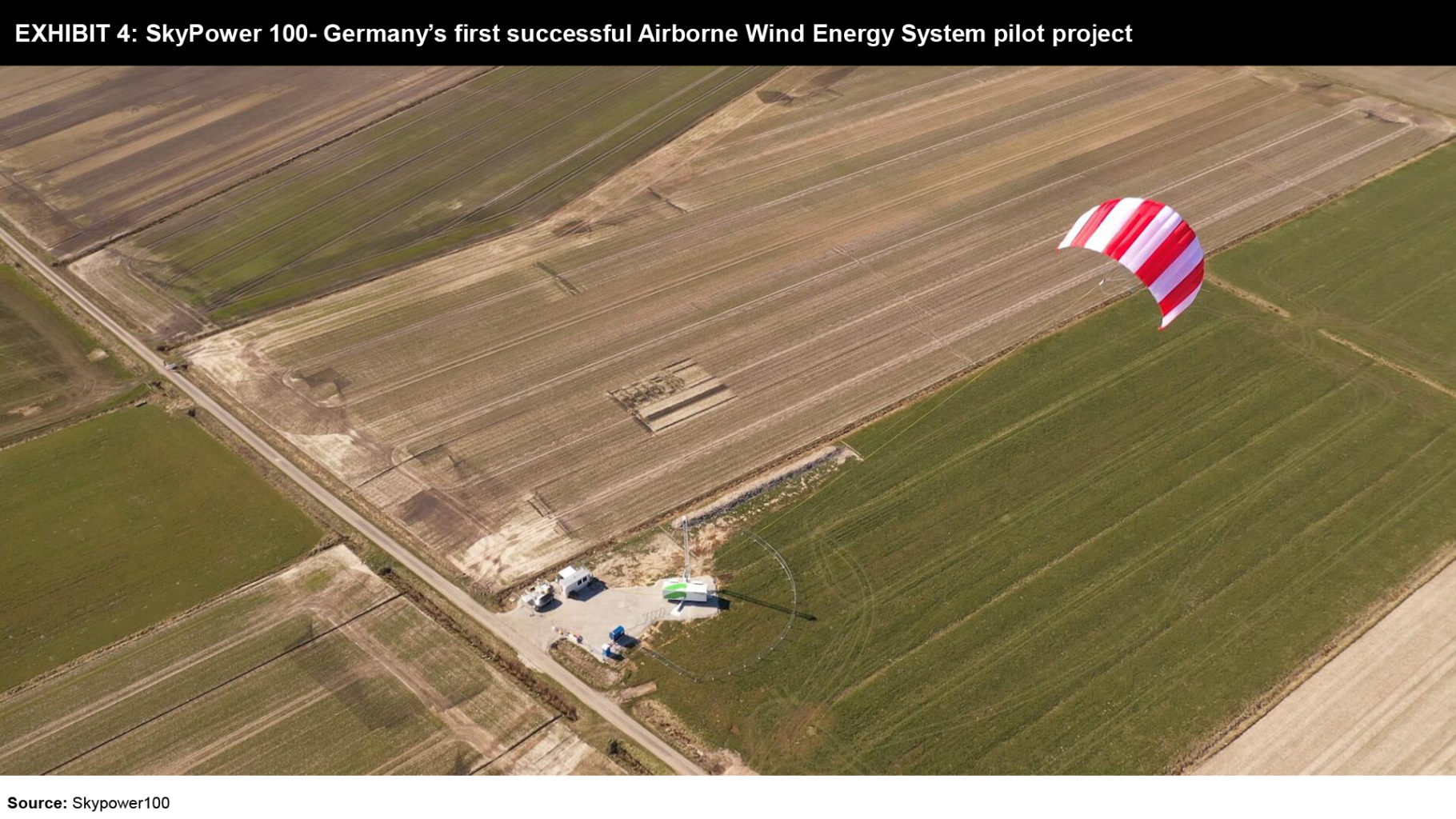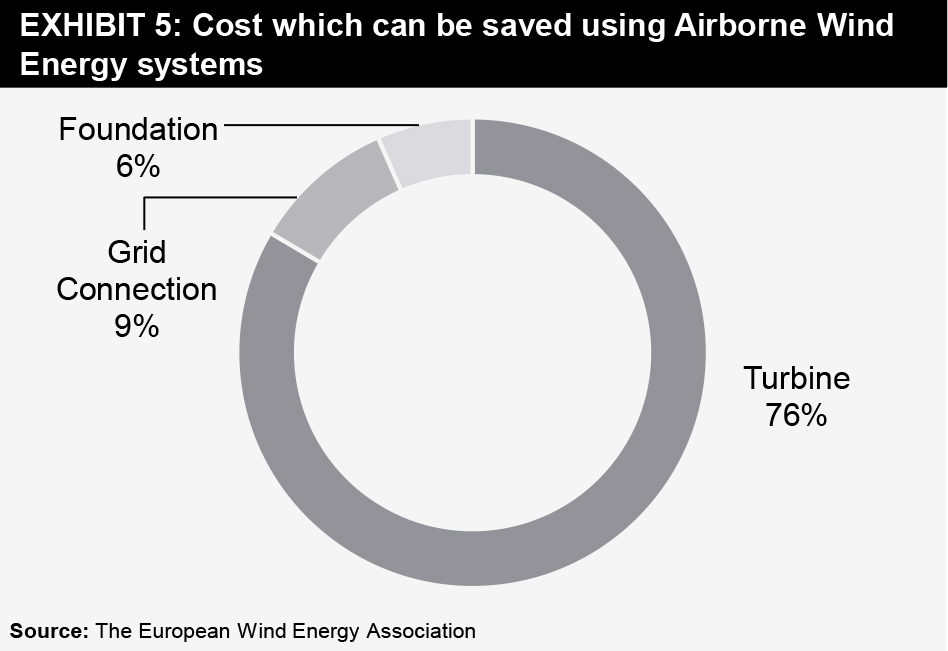Emerging Technologies to Harness Wind Power
Listen to this Article
mins | This voice is AI generated.
mins | This voice is AI generated.
In the year 2020 entire humankind went through resentment, isolation, and apprehension all because of the Covid-19 pandemic. But the wind-energy industry’s resilience shone through the many challenges of 2020. It was the record year in history for the global wind energy industry showing year-over-year (YoY) growth of 53%. With the installation of 93GW in the year in which both the global supply chain and project construction were disrupted, it demonstrated the incredible ingenuity and resilience of the wind industry.
The year 2020 increased the global cumulative wind power capacity multifold from 650GW to 743GW. This tremendous increase was primarily driven by explosive growth in the world’s two giant wind power markets, China followed by the United States.
The above-stated numbers look promising for the growth of the Wind power industry. This makes the industry giants move the focus beyond just increasing the capacity installation to instead instigating a paradigm shift in the technology developments across the sector.
If we analyze the commercial wind turbine market, it is majorly dominated by the horizontal-axis wind turbines where OEMs continue to make them bigger to reap economies of scale.
But with a recent release of study led by Professor Iakovos Tzanakis and his team from Oxford Brooke University, it has been concluded that deep-sea and coastal wind turbines could achieve a 15% increase in power output if traditional horizontal axis wind turbines (HAWTs) are replaced by a vertical axis wind turbine (VAWT) design with a turbine diameter. The main problem with conventional HAWT wind farms – which are usually from 60 to 70 turbines over 1500 acres – is that efficiency reduces rapidly in the back rows due to the turbulence developed from the initial rows. In simpler words, the front row converts half the kinetic energy of the wind into electricity, whereas in the case of the back row, that number is down to 25-30%. This issue is resolved by Vertical axis turbines as they generate less turbulence, and in some cases even improve the efficiency of the nearby turbines.


A Spanish start-up Vortex Bladeless Ltd is reinventing wind power by turning entirely away from blades by a vortex-induced vibration resonant wind generator.
This technology uses the concept of Vortex Shedding in which this innovative device oscillates with noiseless movements and hence producing wind energy. This makes it an efficient design to be positioned anywhere without disturbing the ecosystem and wildlife of the area.
If we brush up on the concepts of fluid mechanics, it is simply when the wind crosses through the cylindrically shaped rod, the flow is modified which then generates a cyclical pattern of vortices.
When the frequency of these cyclical forces is close enough to the body’s structural frequency, the body starts to oscillate and enters into resonance with the wind. This phenomenon is also known as Vortex-Induced Vibration (VIV). The alternator system then converts mechanical energy to electric energy, hence power is produced.
The adaptability to the changing wind directions and turbulent airflows makes vortex turbines more suited for urban environment spaces. Another advantage could be the cost efficiency because of its clever design and minimal raw material usage. Hence leading to a reduction in the installation cost as well since the foundation requirements will be close to none as compared to the regular turbines.


Airborne Wind Energy (AWE) is a novel wind energy converter that is based on flying blades or wings attached to the ground by a tether. Two main principles behind this technology are – a flying wing with mounted turbines and generators, or by having the wing pull on the tether which is driving the generator as it unwinds. In the first case, the kite flies constantly crosswind; power is produced in the onboard generators and evacuated through the tether. In the latter case, the kite flies out in a spiral and creates a tractive pull to the tether; the winch generates electricity as it is being reeled out. Tether is retracted back as the kite flies directly back to the starting point which leads to a pumping or ‘yoyo’ motion.


It’s the right time to say that despite all odds up is the way forward to accelerate wind power generation. Despite rapid developments, financing a wind energy farm is still difficult. 91% of a typical wind turbine cost is allocated to the turbine, grid connection, and foundation costs forming 75.6%, 8.9%, and 6.5% respectively.
Hence, AWE systems can provide a major cost reduction in turbine and foundation costs. In order to achieve resource efficiency and reduce the tons of steel, concrete, and plastic required for building huge wind farms, sending smaller turbines on floating surfaces like kites to higher altitudes with greater wind speed could be an optimum alternative.
AWE systems can also be integrated into containers, therefore reducing the need for a tower or foundation and proving to be easily deployable without transportation constraints. Natural disasters are inevitable and energy grids are often the first to fail. In these situations, the AWE system can allow locals and stand-alone communities to regain access to power at the earliest.
Although these systems have still being researched upon a greater potential for harnessing AWE has been identified in Kite-based systems. According to research, it is the outer 30 percent of the turbine blade that contributes to more than half of the power that is generated from a wind turbine. Therefore, in essence, kites are just the substitute for the tip of a wind turbine with a fast-flying wing. The kite system mimics the circular motion of the turbine but with a significant difference of flying at higher altitudes hence producing increased energy conversion.
A German company SkySails Power has already taken a commercial takeoff in Mauritius and then there is another success story of a Dutch developer Kitepower which is on the brink of releasing a 100-kilowatt system named Falcon for commercial purposes at various locations in the Netherlands.
Share your focus area or question to engage with our Analysts through the Business Objectives service.
Submit My Business ObjectiveOur long-standing clients include some of the worlds leading brands and forward-thinking corporations.




























